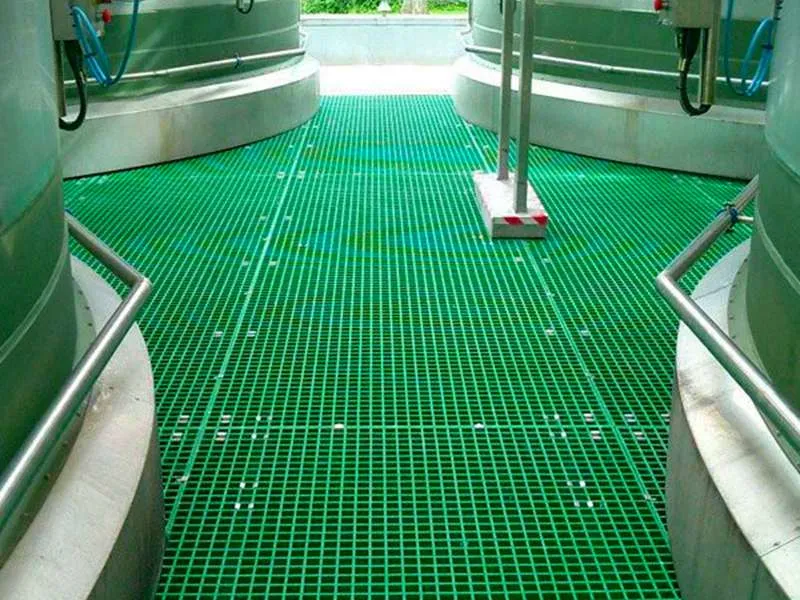
-
 Afrikaans
Afrikaans -
 Albanian
Albanian -
 Amharic
Amharic -
 Arabic
Arabic -
 Armenian
Armenian -
 Azerbaijani
Azerbaijani -
 Basque
Basque -
 Belarusian
Belarusian -
 Bengali
Bengali -
 Bosnian
Bosnian -
 Bulgarian
Bulgarian -
 Catalan
Catalan -
 Cebuano
Cebuano -
 China
China -
 China (Taiwan)
China (Taiwan) -
 Corsican
Corsican -
 Croatian
Croatian -
 Czech
Czech -
 Danish
Danish -
 Dutch
Dutch -
 English
English -
 Esperanto
Esperanto -
 Estonian
Estonian -
 Finnish
Finnish -
 French
French -
 Frisian
Frisian -
 Galician
Galician -
 Georgian
Georgian -
 German
German -
 Greek
Greek -
 Gujarati
Gujarati -
 Haitian Creole
Haitian Creole -
 hausa
hausa -
 hawaiian
hawaiian -
 Hebrew
Hebrew -
 Hindi
Hindi -
 Miao
Miao -
 Hungarian
Hungarian -
 Icelandic
Icelandic -
 igbo
igbo -
 Indonesian
Indonesian -
 irish
irish -
 Italian
Italian -
 Japanese
Japanese -
 Javanese
Javanese -
 Kannada
Kannada -
 kazakh
kazakh -
 Khmer
Khmer -
 Rwandese
Rwandese -
 Korean
Korean -
 Kurdish
Kurdish -
 Kyrgyz
Kyrgyz -
 Lao
Lao -
 Latin
Latin -
 Latvian
Latvian -
 Lithuanian
Lithuanian -
 Luxembourgish
Luxembourgish -
 Macedonian
Macedonian -
 Malgashi
Malgashi -
 Malay
Malay -
 Malayalam
Malayalam -
 Maltese
Maltese -
 Maori
Maori -
 Marathi
Marathi -
 Mongolian
Mongolian -
 Myanmar
Myanmar -
 Nepali
Nepali -
 Norwegian
Norwegian -
 Norwegian
Norwegian -
 Occitan
Occitan -
 Pashto
Pashto -
 Persian
Persian -
 Polish
Polish -
 Portuguese
Portuguese -
 Punjabi
Punjabi -
 Romanian
Romanian -
 Russian
Russian -
 Samoan
Samoan -
 Scottish Gaelic
Scottish Gaelic -
 Serbian
Serbian -
 Sesotho
Sesotho -
 Shona
Shona -
 Sindhi
Sindhi -
 Sinhala
Sinhala -
 Slovak
Slovak -
 Slovenian
Slovenian -
 Somali
Somali -
 Spanish
Spanish -
 Sundanese
Sundanese -
 Swahili
Swahili -
 Swedish
Swedish -
 Tagalog
Tagalog -
 Tajik
Tajik -
 Tamil
Tamil -
 Tatar
Tatar -
 Telugu
Telugu -
 Thai
Thai -
 Turkish
Turkish -
 Turkmen
Turkmen -
 Ukrainian
Ukrainian -
 Urdu
Urdu -
 Uighur
Uighur -
 Uzbek
Uzbek -
 Vietnamese
Vietnamese -
 Welsh
Welsh -
 Bantu
Bantu -
 Yiddish
Yiddish -
 Yoruba
Yoruba -
 Zulu
Zulu
frp fan
The Power of FRP Fans Blending Technology with Efficiency
In an era where energy efficiency and sustainability have become paramount, various industries are seeking innovative solutions to optimize their operations. One such innovation is the use of Fiber Reinforced Polymer (FRP) fans. These fans have garnered attention for their unique combination of lightweight design, strength, and corrosion resistance, making them ideal for a myriad of applications.
Understanding FRP Fans
FRP fans are crafted from composite materials that consist of a polymer matrix reinforced with fibers, typically glass or carbon. This combination not only enhances the mechanical properties of the fan but also ensures that it remains lightweight and flexible. Unlike traditional metal fans, FRP fans are less likely to corrode when exposed to harsh environmental conditions, making them suitable for industries such as wastewater treatment, chemical processing, and even marine applications.
Advantages of FRP Fans
1. Corrosion Resistance One of the most significant advantages of FRP fans is their resistance to corrosion. In environments where moisture, chemicals, or salt are present, metal fans can quickly deteriorate, leading to costly replacements and downtime. FRP fans, on the other hand, can withstand such harsh conditions, ensuring longevity and reliability.
2. Lightweight Design The lightweight nature of FRP fans not only facilitates ease of installation but also reduces energy consumption during operation. Lighter fans require less power to start and maintain, leading to lower operational costs and reduced energy footprints.
frp fan

3. High Strength-to-Weight Ratio The composite materials used in FRP fans provide an impressive strength-to-weight ratio. This feature allows these fans to handle high air volumes and pressures, making them effective for various airflow requirements.
4. Customizability FRP fans can be easily customized to meet specific project requirements, including size, shape, and performance characteristics. This flexibility makes them suitable for special applications, where standard fan designs may not be adequate.
5. Low Maintenance Because of their durable construction and resistance to corrosion, FRP fans require less maintenance compared to metal alternatives. This factor not only saves money in the long run but also minimizes operational disruptions.
Applications of FRP Fans
The versatility of FRP fans allows them to thrive across various sectors. In the chemical and petrochemical industries, they play a crucial role in venting hazardous gases and ensuring safety. In wastewater treatment plants, their corrosion resistance makes them ideal for aeration and mixing processes. Additionally, FRP fans are used in marine environments for cooling and ventilation, where traditional materials would quickly succumb to corrosion.
Conclusion
In conclusion, FRP fans represent a significant advancement in fan technology, combining the benefits of strength, lightweight design, and corrosion resistance. As industries become more focused on efficiency and sustainability, the demand for such innovative solutions is likely to grow. By integrating FRP fans into various applications, businesses can not only improve their operational efficiency but also contribute positively to their environmental objectives. As we look toward the future, the adoption of FRP technology may very well become a standard in manufacturing and operational practices, helping industries to thrive in an increasingly competitive and eco-conscious landscape.
Latest news
-
Exploring the Benefits of Top Hammer Drifter Rods for Enhanced Drilling PerformanceNewsJun.10,2025
-
High-Precision Fiberglass Winding Machine for GRP/FRP Pipe Production – Reliable & Efficient SolutionsNewsJun.10,2025
-
FRP Pipes & Fittings for Shipbuilding - Corrosion-Resistant & LightweightNewsJun.09,2025
-
Premium FRP Flooring Solutions Durable & Slip-ResistantNewsJun.09,2025
-
Premium Fiberglass Rectangular Tanks Durable & Lightweight SolutionNewsJun.09,2025
-
Tapered Drill String Design Guide Durable Performance & UsesNewsJun.09,2025









